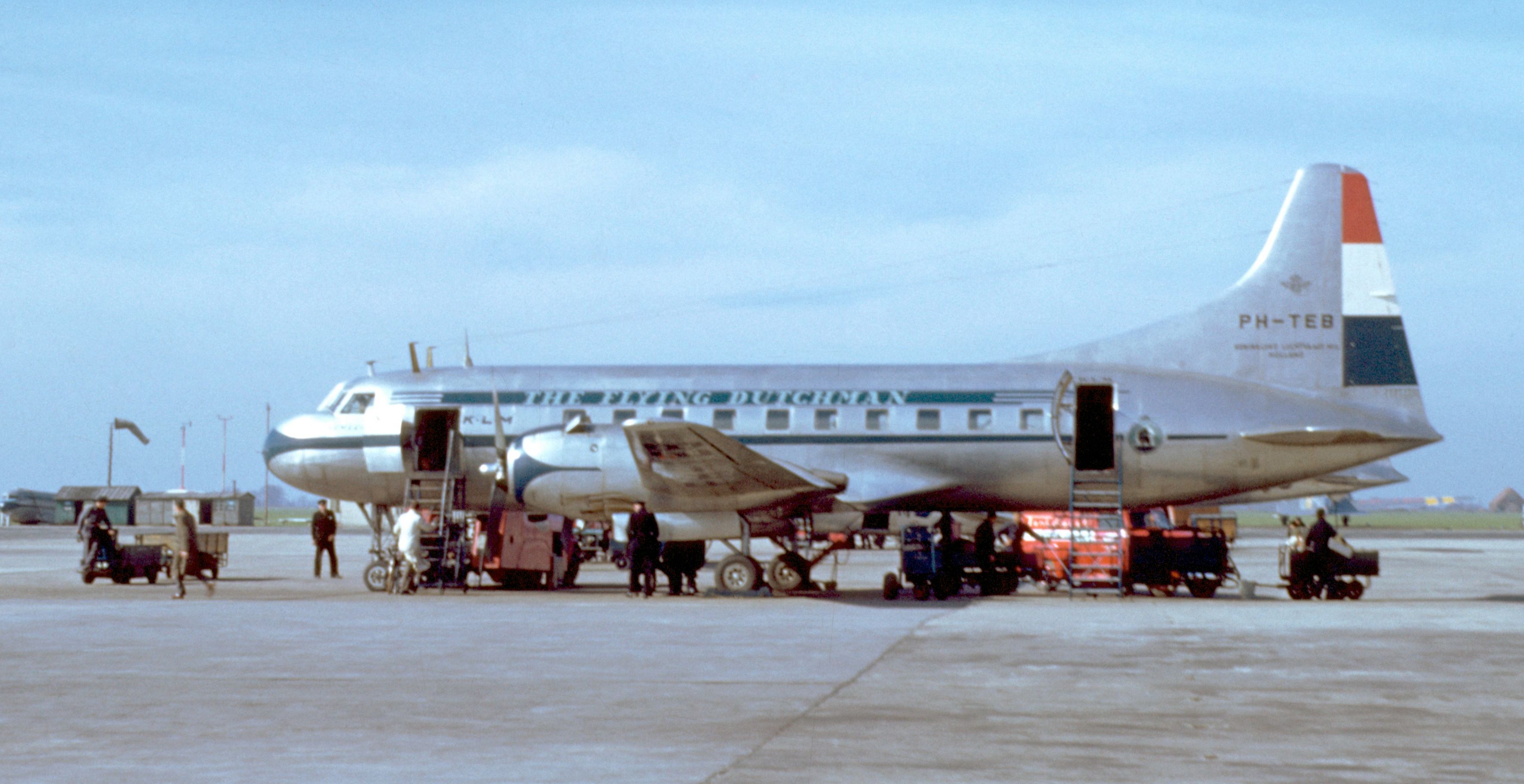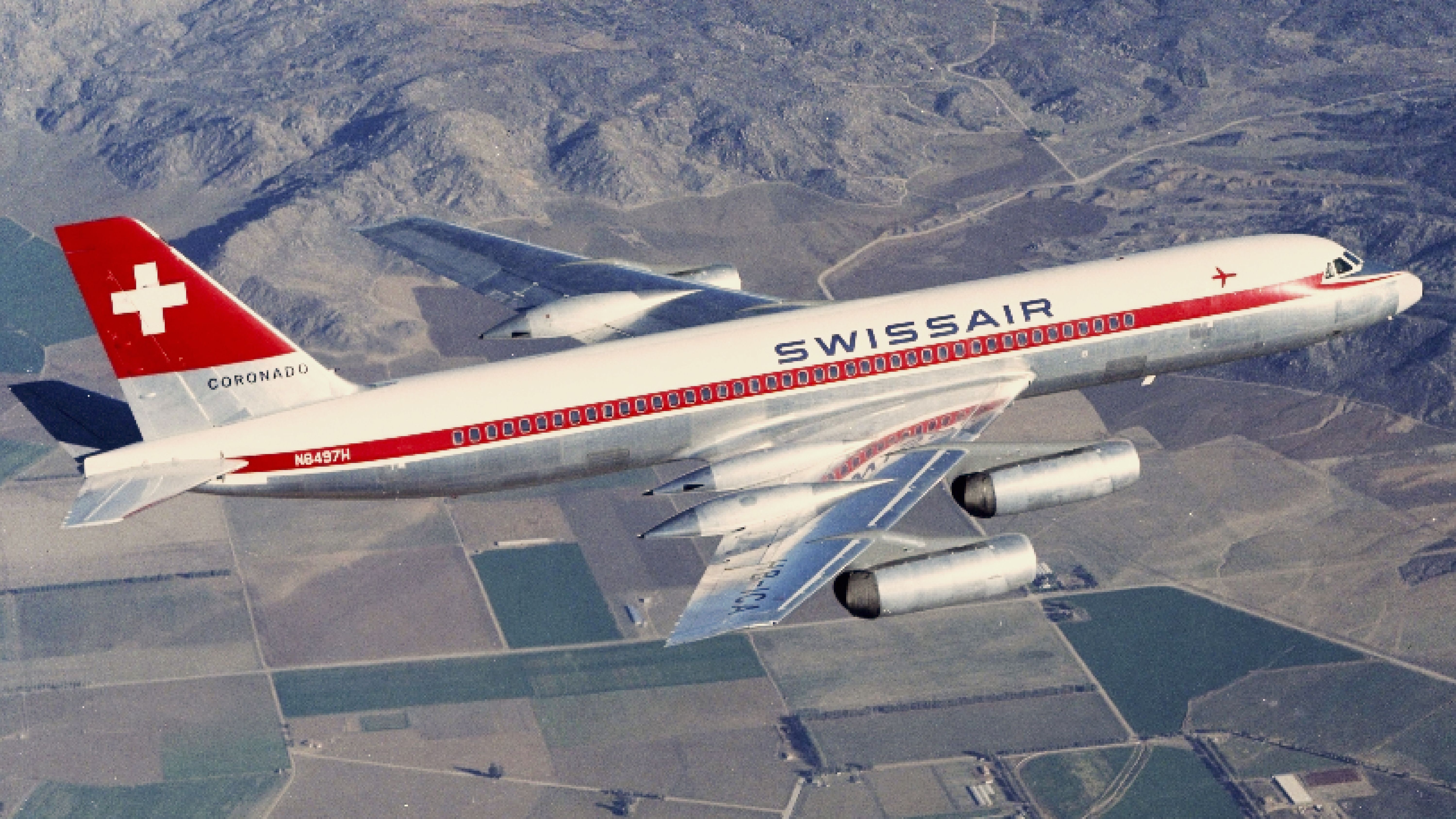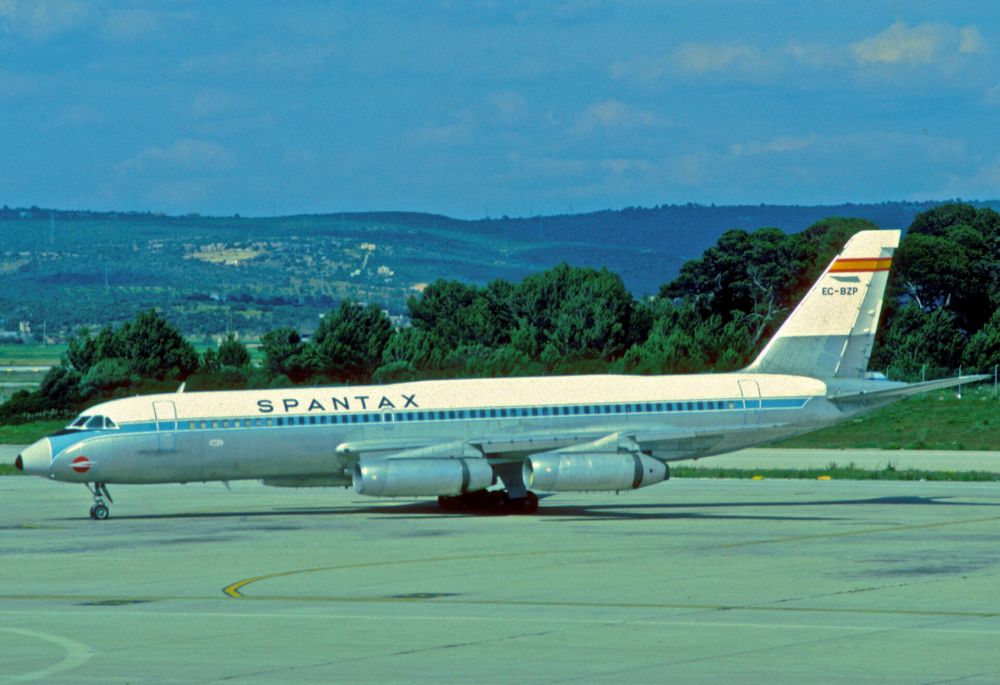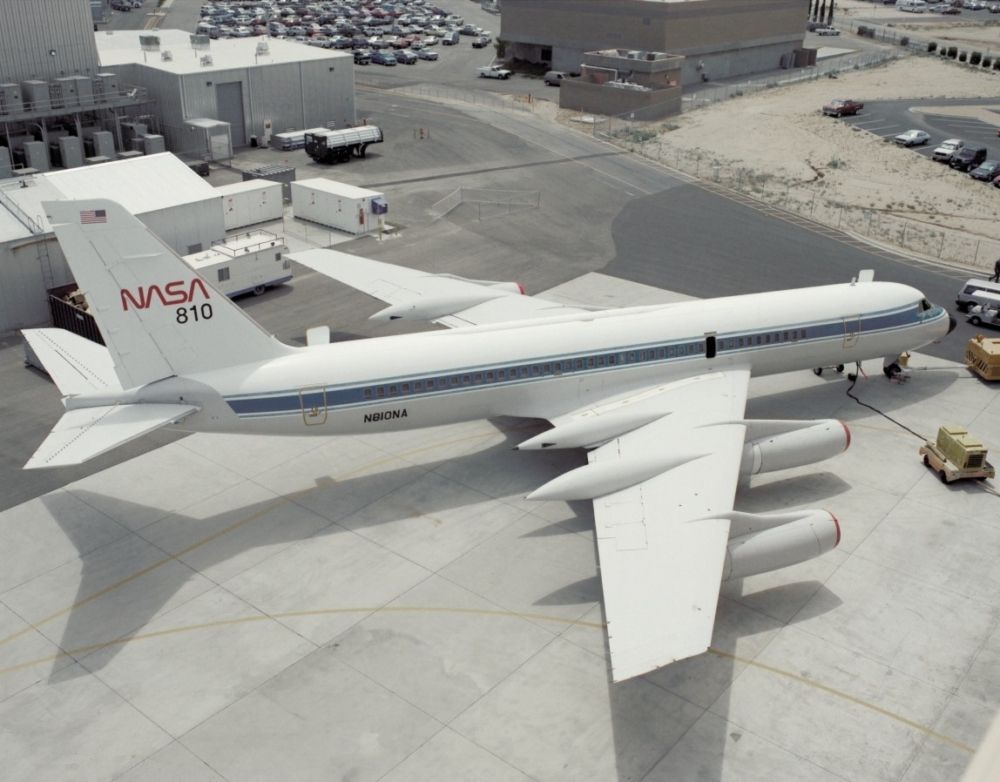Summary
- The Convair 990 'Coronado' was built to be the fastest aircraft of its time, but it ultimately failed in the market.
- It was developed from the Convair 880 series and had a longer length and higher capacity than its predecessor.
- Despite its speed, the 990's efficiency and capacity sacrifices led to only 37 aircraft being produced, making it one of the lowest-selling jetliners ever.
In the early jet age, the market was dominated by two American quad-engine long-range airliners, the Boeing 707 and the Douglas DC-8. These aircraft flew faster, higher, and further than their piston-powered predecessors, drastically changing the world of aviation forever.
Breaking into such a market was going to be no easy task, and Convair, a subdivision of the larger General Dynamics Corporation, thought it might know just the secret to breaking into the jet market. The manufacturer would build the fastest aircraft to ever take to the skies at the time, flying 25 to 35 miles per hour faster in cruise than the 707 and DC-8.
But this aircraft would never quite succeed in the market, and only 37 of the type were ever built. The project was a commercial failure, and Convair would never enter the civilian airliner business again.

Why Did Convair Build The CV-240 Airliner?
The Convair CV-240 first took to the skies 76 years ago, but what led to the commercially successful aircraft being designed and built?The plane was ultimately built on a false promise: the idea that speed would sell aircraft over fuel efficiency. In this article, we will take a deeper look at the story behind the Convair 990 Coronado.
Developed from an existing design
The Convair 990 has its roots in the manufacturer's 880 series. This four-engine design was Convair's first attempt at competing with the aforementioned Boeing 707 and Douglas DC-8. However, rather than targeting a similar market, the San Diego-based manufacturer aimed for a different niche by producing a jet that was smaller but faster than its competitors.
Unfortunately, Convair found that carriers of the time tended to prefer the 707's and DC-8's additional capacity over the 880's extra speed. This led American Airlines to request a stretched version from Convair. This would retain the benefit of the 880's high-speed performance while offering a more competitive alternative in terms of passenger capacity.
The result was the Convair 990 'Coronado,' which took its name from the island in San Diego Bay where it first landed. The aircraft first took to the skies on 24 January 1961 and entered commercial service just one year later, according to Airways Magazine.
Performance and specifications
The key difference between the Convair 990 and the 880 that preceded it was the aircraft's length. It clocked in at 42.6 meters long, compared to 39.4 meters for the 880. This raised its capacity from 110 to a maximum of 149 passengers. Its other selling point was its speed, with the aircraft being able to cruise at Mach 0.84 (896 km/h/ 484 knots).
Interestingly, there was a much smaller margin between the wingspans of the Convair 880 and 990 designs. Indeed, the former's measured 36.6 meters wide, compared to exactly 37 meters in the case of the stretched version. In any case, it remained shorter than both the 707 and DC-8, with a smaller capacity. The Convair 990's range was 6,115 km (3,302 NM).
Far from a bestseller
The Convair 990 fell far short of its ambitions to capture a major share of the jet market with its higher speed. The aircraft's design ultimately did not even meet all its promises and had a number of other flaws.
Get all the latest aviation news on Simple Flying!
American Airlines eventually reduced its order for the jet after it was reported to barely fly faster than the 707 on most schedules. Additionally, its limited range prevented it from serving the carrier's lucrative non-stop transcontinental services.
The design also compromised fuel efficiency in exchange for speed. With a cruising speed of Mach 0.84, the jet burned 6.24 tons of fuel per hour. According to Aviation Week, the Boeing 737 MAX 8, which carries far more passengers, only burns 2.02 tons of fuel per hour at Mach 0.78.
At the end of the day, the 990 would go down in history as one of the lowest-selling commercial airliners of all time with only 37 units produced. Nonetheless, the jet did enter service with several operators, including Spantax, Swissair, and Varig.
Many aspects of the jet's design, however, would go on to be used to help produce higher-speed subsonic aircraft. Private jets, the operators of which are mostly unconcerned with fuel costs, exist in a market where speed can be compromised for fuel efficiency. But unfortunately for the 990 Coronado, the commercial space was no such place.
What are your memories of the Convair 990 'Coronado'? Did you ever see, or even fly on one? Let us know your thoughts and experiences in the comments!



